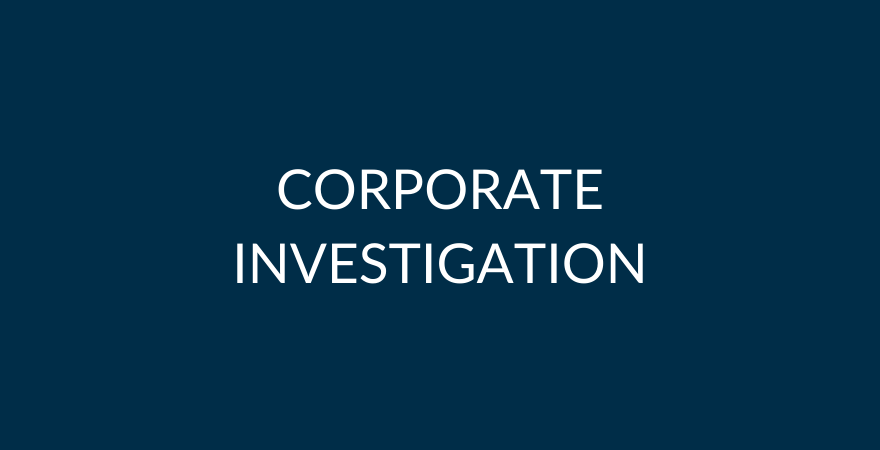
Cyber risk is a very real threat that is giving many companies and businesses worrying and sleepless nights. If you do not take adequate measures you run the risk of incurring reputational or even financial loss. To make sure that you gain a better understanding of risk and, in turn, perform vulnerability assessment, you need to know what is a threat in the first place, how vulnerable your system is to the threat as well as the damage that is bound to follow if security is breached or made unavailable.
To do this, you need to conduct an assessment of security risk. Here are a few essentials you need to stand true to.
What is assessment of security risk all about?
Analyzing security risks is basically about recognizing risks and estimating as well as prioritizing security in a manner that steers clear from these risks. This risk usually involves danger to organizational assets, operations, and processes as well as individuals and organizations.
The basic aim of security risk assessment is to assist in letting decision-makers know about the risk responses involved. It also involves helping them with the right kind of support in case these dilemmas arise. This assessment also brings forward a comprehensive summary to assist directors as well as executives to make informed and wise decisions about security.
Ask the following questions
To gain a proper idea about security risk in an organization, you need to be honest about the following questions.
- What is the kind of data breach that would impact your business and company? Is it going to be a mistake made by a human, malware, or any other kind of cyber attack?
- What are the kind of external and internal vulnerabilities that can impact?
- What are the most vital information technology assets in your organization?
- What are the most relevant threats and their sources?
- What are the possibilities that exploitation can take place?
- How is it going to affect your company should vulnerabilities exist?
- What is the degree of risk involved and how comfortable it is for your organization to take that risk?
- What are the cyber threats, cyber-attacks, and security incidents that can affect the ability of your business operations?
Answer these questions thoughtfully and then go about finding the measures that need to be taken.
Gain an idea of information value
Set a standard for understanding the value of an asset. This helps you save money as well as time in the long run. Many companies encompass legal standing, asset value as well as business importance. When this is put into the organization’s information risk management policy, you can use it to categorize every asset as major, minor, or critical.
Recognize and prioritize assets
Evaluate assets and gain an idea about the scope of the assessment. This makes it easy to prioritize assets that you have to examine. Not all assets come with the same value, so divide your priorities accordingly. Once you do this, you have to recognize threats. Threats can occur as a result of human error, system failure, natural disasters as well as adversarial threats.
Once you do this, you can carry out your corporate investigation by recognizing vulnerabilities and analyzing controls by implementing new ones. Then you can calculate the possibility and effect of various scenarios that can play out on a yearly basis. Above all, see that you prioritize risks according to information value and prevention. In the end, see that you come up with a risk assessment report. In this way, the management can make an informed decision based on policies, procedures, and budget.




